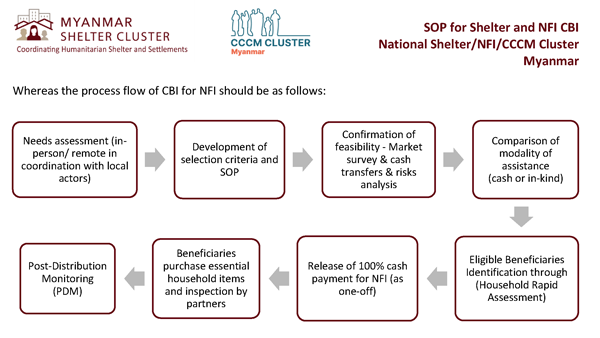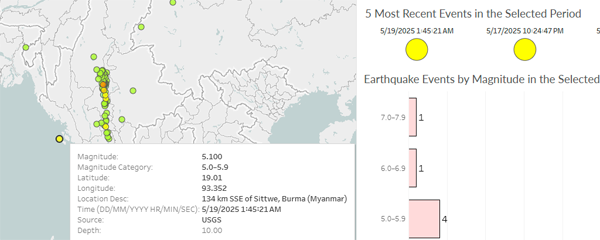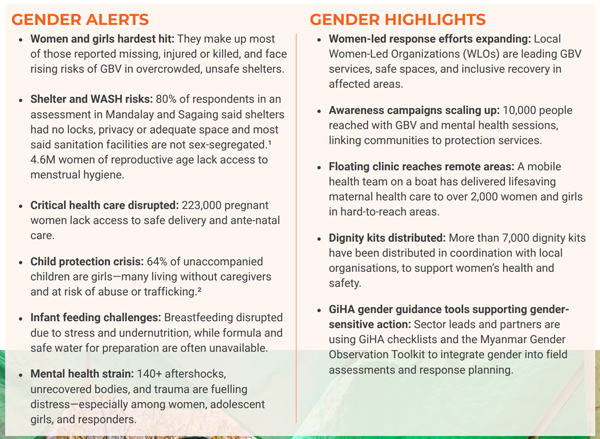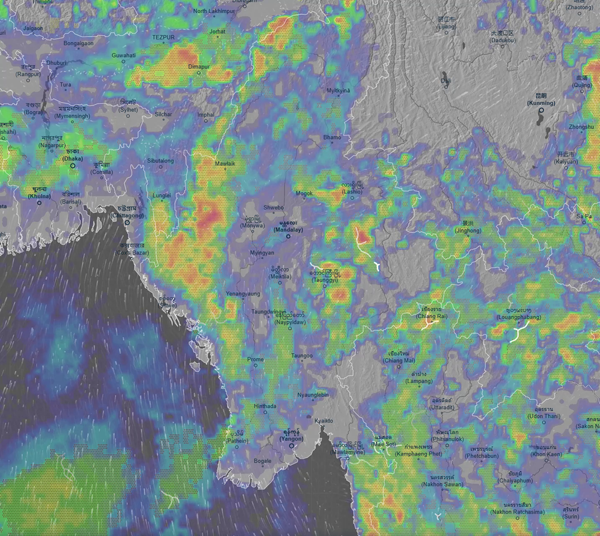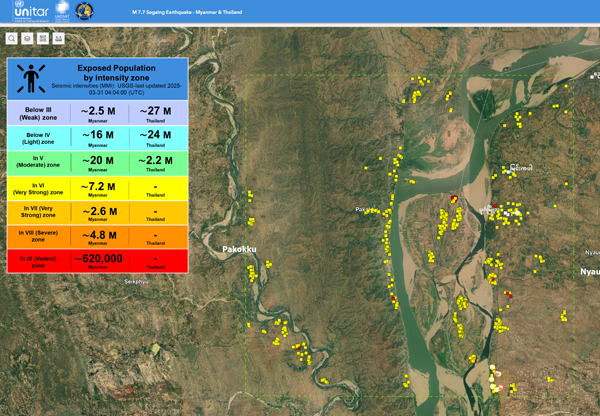Organisations have been publishing human-interest stories from the ground to highlight the devastating impact of the earthquake on communities and families, and how their efforts have been helping them recover.
Here are some stories recently published.
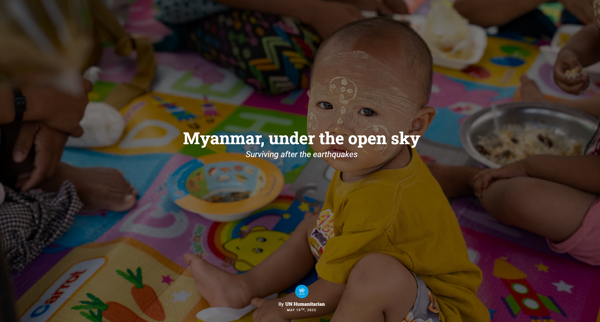
“We had nothing but each other” (UNICEF)
It follows Zin Mar, her disabled son Min Khant, and her elderly father in Mandalay. A one-off emergency cash transfer of 360 000 kyat (about 85 USD) gives families both flexibility and dignity to decide what they need most. More than 25 000 people have been reached so far, and registration continues in newly accessed villages.
“The quake stopped, but he hasn’t slept since” (UNICEF)
Eight-year-old Mg Pyae escaped a collapsing house but now relives the quake every night. The story explores the invisible wounds many children carry and highlights how UNICEF is rolling out psychosocial first aid, child-friendly spaces, and recreational kits so boys and girls can draw, play, and to help restore moments of joy and normalcy, ultimately for restoring hope.
“Myanmar, under the open sky” (UNOCHA)
This photo-essay gathers voices from Mandalay and Sagaing: Daw Htar Ei (73) who lost everything she owned, including her fruit stall, twelve-year-old Nay Nay who longs to return to school, and vendors like Ma Kaythi surviving in flimsy roadside tents.

